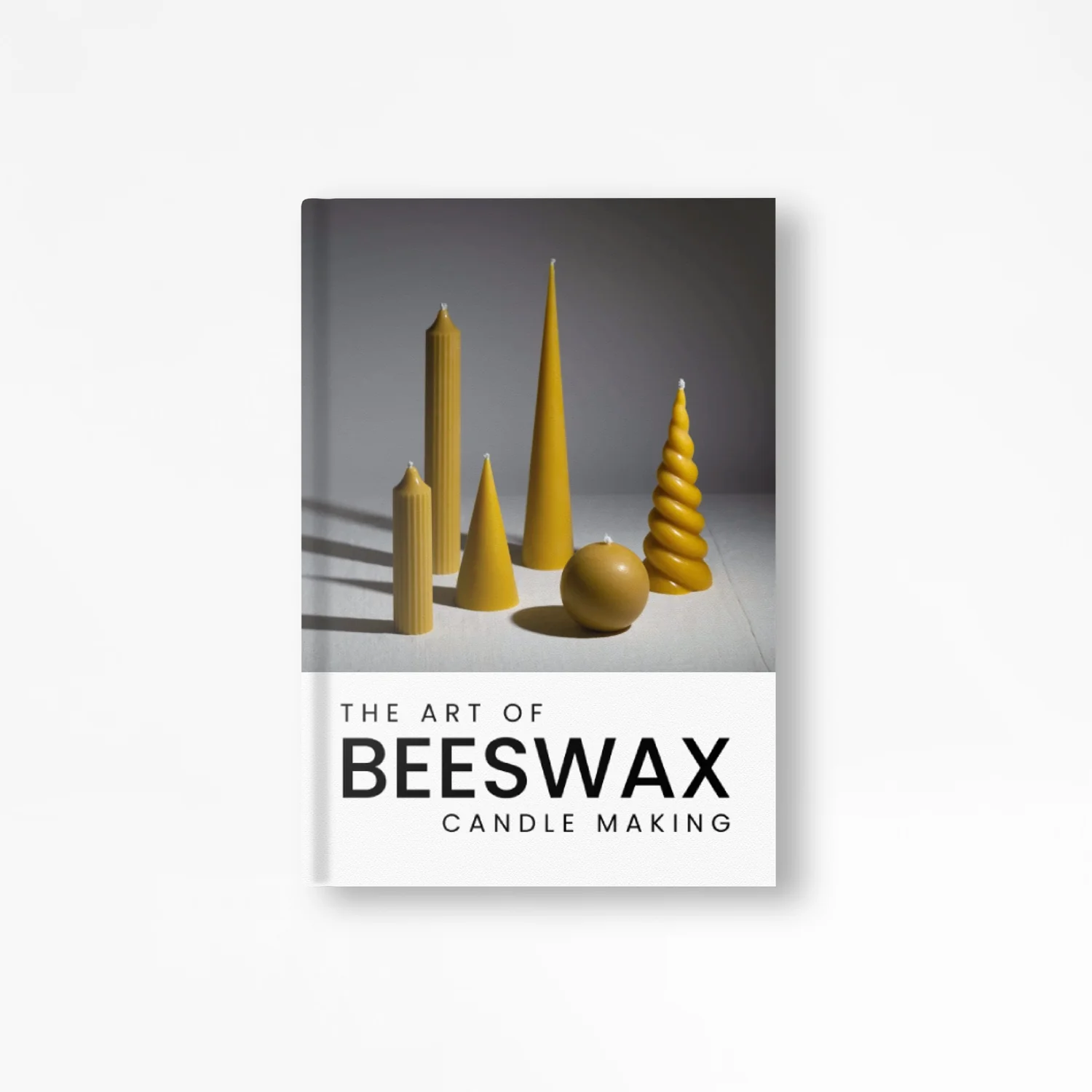Bee hives are remarkable structures that have evolved over centuries to accommodate and nurture bee colonies. In this article, we will delve into the history of bee hives, their composition, the different parts, and discuss modern diseases that pose a threat to bee hives.
Ancient Bee Hives
The practice of keeping bees in rudimentary hives dates back thousands of years. Ancient civilisations, such as the Egyptians, Greeks, and Romans, recognised the value of honey and beeswax and developed simple hives made from materials like pottery, baskets, or hollow logs. These early hives provided some protection for the bees but lacked the sophistication of modern designs.
Modern Bee Hives
Today, beekeepers have access to a wide range of modern beehive designs that prioritise the health and well-being of the bee colony. The most common modern beehive design is known as the Langstroth hive, invented by Reverend Lorenzo L. Langstroth in the mid-19th century. This hive revolutionised beekeeping with its removable frames and precise spacing, allowing beekeepers to manage colonies more effectively without causing excessive disturbance to the bees.
Composition of a Modern Bee Hive
A modern bee hive consists of several key components:
1. Bottom Board:
The bottom board is the base of the hive, providing an entrance for the bees and serving as a platform for the rest of the hive components.
2. Boxes (Supers):
The boxes, also known as supers, are stacked on top of each other and house the frames where the bees build their comb and store honey and pollen. These boxes can be added or removed as needed, allowing beekeepers to manage the size of the hive.
3. Frames:
Frames are removable structures that hold sheets of beeswax or plastic foundation, providing a guide for the bees to build their comb. Frames allow beekeepers to inspect the colony, harvest honey, and manage the health of the hive.
4. Inner Cover:
The inner cover sits on top of the uppermost box and provides ventilation and insulation for the hive. It helps regulate temperature and humidity within the hive.
5. Outer Cover:
The outer cover is the topmost layer of the hive and protects the hive from the elements. It helps maintain a stable internal environment and provides additional insulation.
Modern Diseases Affecting Bee Hives
Bee hives face various threats, including modern diseases that can weaken or destroy colonies. Some of the most common diseases include:
1. Varroa Mites:
Varroa mites are external parasites that feed on bees and their brood. They can weaken colonies and transmit viruses, leading to significant colony losses if left untreated.
2. American Foulbrood (AFB):
AFB is a bacterial disease that affects the brood of honey bee colonies. It spreads through spores and can devastate entire colonies if not detected and treated promptly.
3. Nosema Disease:
Nosema disease is caused by a microsporidian parasite that affects the gut of honey bees. It can weaken colonies and lead to increased mortality rates.
4. Colony Collapse Disorder (CCD):
CCD is a phenomenon where the majority of worker bees abandon the hive, leaving behind the queen and a small number of bees. The exact cause of CCD is still under investigation, but factors such as pesticide exposure, habitat loss, and stressors on bee health are believed to contribute to this problem.
Beekeepers must remain vigilant in monitoring their hives, practicing good hive management techniques, and taking appropriate measures to prevent and treat diseases. Regular inspections, proper hygiene, and integrated pest management strategies are essential for maintaining healthy bee colonies.
Conclusion
The bee hive has come a long way since its rudimentary beginnings. Modern bee hives provide beekeepers with the tools and systems necessary for successful beekeeping while prioritising the health and well-being of the bee colonies. Understanding the composition of a modern bee hive and being aware of the diseases that can harm the hives are crucial for beekeepers to ensure the survival and productivity of their bee colonies.
By adopting best practices, staying informed about disease management, and implementing sustainable beekeeping methods, beekeepers can play a vital role in protecting and supporting these invaluable pollinators.
Photo by Annie Spratt on Unsplash










